by Megha Nancy Buttenheim
Welcome to the continuation of this blog series, Finding Grace within Grief: Seven Healing Ways. In this piece, I offer Positive Psychology and Let Your Yoga Dance tools to help those experiencing loss and dark times. If you’re just joining us, please return to the introduction and start from the beginning.
Finding a Bit of Humor Each Day
Even in the depths of my grieving, I made a commitment to try to smile and laugh at least once each day, and remember the teaching of the “Half Smile of the Buddha”: to turn the corners of my mouth up. Turning to the great Rogers and Hammerstein for help, I whistled and sang their happy tune, hoping the song would cheer me up:
- I whistle a happy tune
- and every single time
- The happiness in the tune
- convinces me that I’m not afraid.
I spent a lot of time listening to my CDs, seeking out songs that uplifted, cheered me on, and comforted me during those dark days and months.
Positive Psychologists have done rigorous research on happiness in the last 20 years. Amy Cuddy, a researcher from UC Berkeley, has made great strides with her “power pose” research, which she discusses in her TED talk, “Your Body Language Shapes Who You Are.”
Cuddy’s research showed, for example, that sticking a pencil sideways in your mouth induces smiling, which will put your face into an upward lift; you can actually feel as if you are smiling! Your muscles send the message to your brain that you’re happy. The expression “Fake it ‘til you make it” is true; it works!
Pharrell Williams made a big impression in 2014 with his song Happy:
- It might seem crazy what I’m about to say
- Because I’m happy
- Clap along if you feel like happiness is the truth
- Clap along if you know what happiness is to you
- Clap along if you feel that that’s what you want to do
Laughing Back to Health
Here’s a great example of the power of laughter. I was raised on the story of Norman Cousins, the late editor-in-chief of the Saturday Review. Mom thought he was a genius and I heard about him all the time. Cousins healed himself of heart disease and arthritis by experimenting with the idea that if negative emotions (depression and anger) led to poor health, perhaps positive emotions (laughter and joy) could bring about good health. Without the blessing of his doctors, he checked into a hotel and began to watch Marx Brothers movies and I Love Lucy episodes over and over again. His only medication was laughter—and vitamin C. He laughed himself back to health. Cousins later wrote a best-seller Anatomy of an Illness, which I read and loved when I was a kid.
Cousins’ lessons on laughter returned to me after the baby died. Although I gravitated toward inspirational books dealing with sorrow, I also followed Cousins’ lead. I sought out films to make me smile. In 1995, one stood out: While You Were Sleeping. Sandra Bullock always makes me laugh. I also looked for earlier films, such as my old friends Airplane, Big, and My Cousin Vinny. Movies like these helped me find a little joy, and a lot of laughter, in the darkest time of my life.
VIA Strengths
Years later, through WBI’s Certificate in Positive Psychology program, I was introduced to Values in Action (VIA), a test co-authored by Martin Seligman and Chris Peterson. They created a list of 24 character strengths, including gratitude, generosity, resilience, love, enthusiasm, and optimism. I discovered that one of my top three VIA strengths is humor. No wonder I gravitate toward joy and laughter, even at the toughest times. Humor is one of my strongest character strengths.
Megha Nancy Buttenheim, MA, E-RYT, Megha Nancy Buttenheim, MA, E-RYT 500, is the founding director of Let Your Yoga Dance® and a faculty member for Wholebeing Institute’s Certificate in Positive Psychology. letyouryogadance.com


 Megha Nancy Buttenheim, MA, E-RYT, Megha Nancy Buttenheim, MA, E-RYT 500, is the founding director of Let Your Yoga Dance® and a faculty member for Wholebeing Institute’s Certificate in Positive Psychology.
Megha Nancy Buttenheim, MA, E-RYT, Megha Nancy Buttenheim, MA, E-RYT 500, is the founding director of Let Your Yoga Dance® and a faculty member for Wholebeing Institute’s Certificate in Positive Psychology. 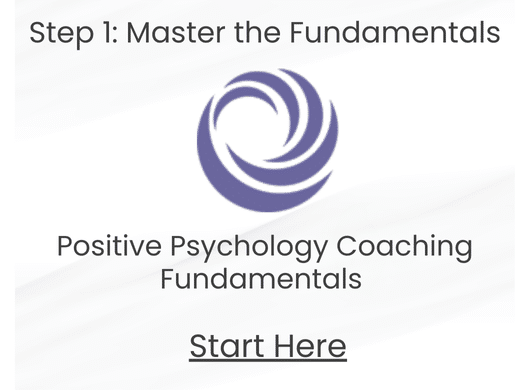
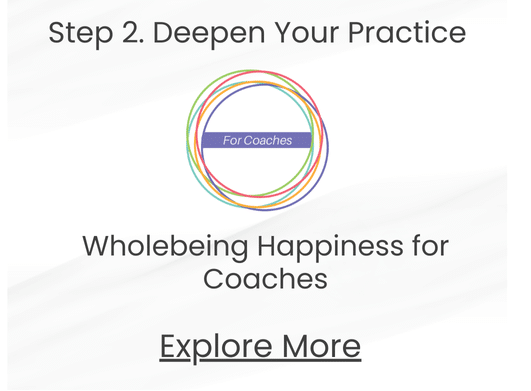
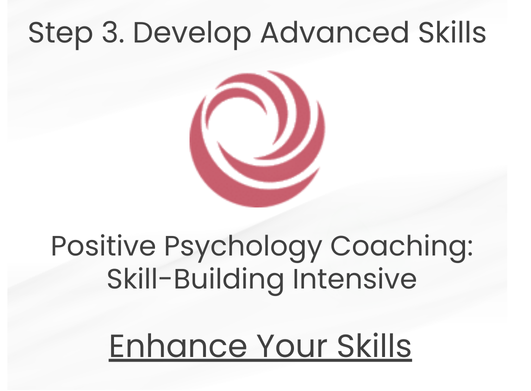

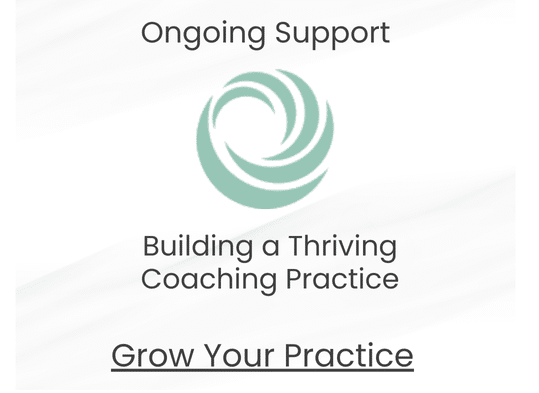
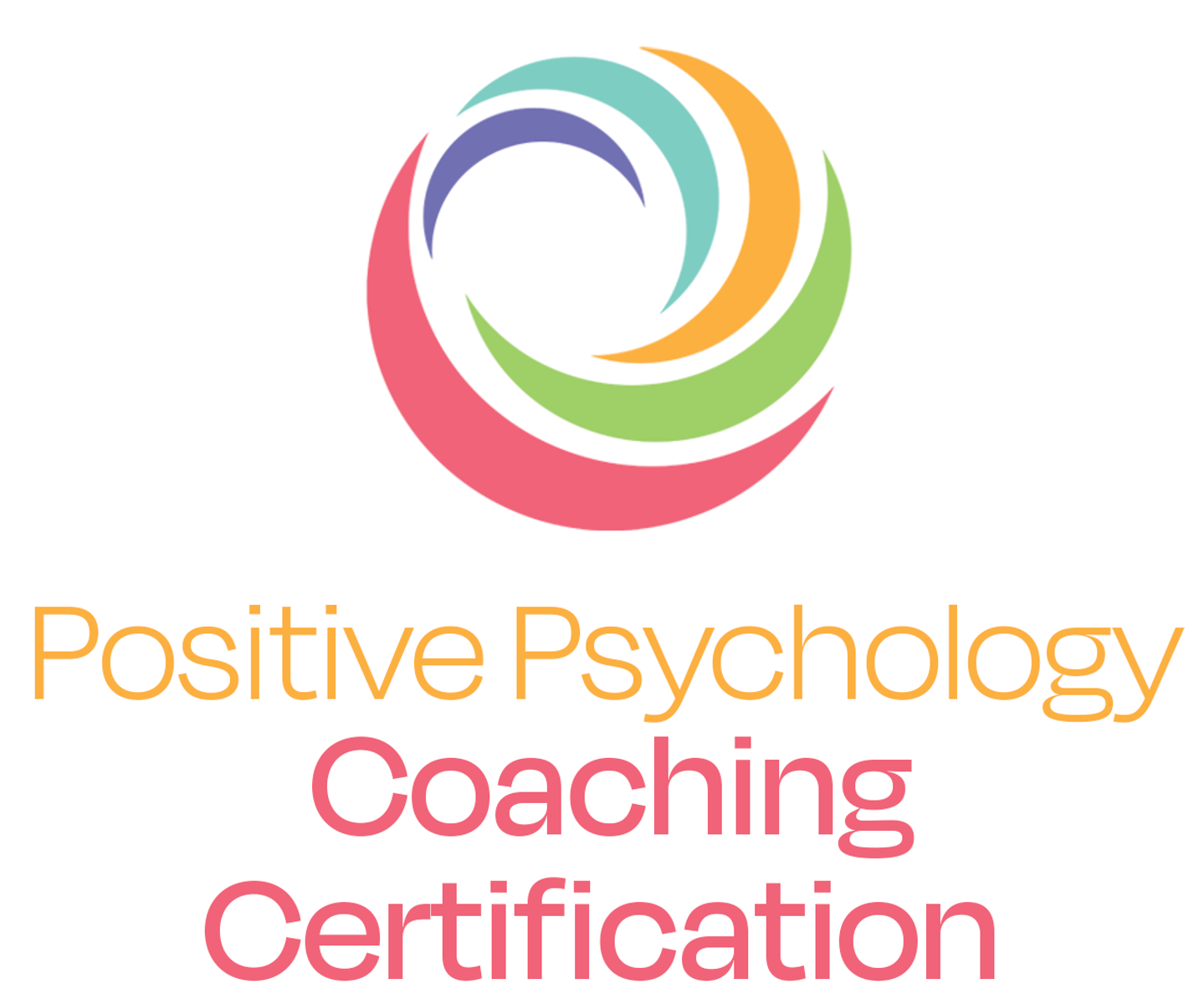


Excellent! Very thanks for beauty lessons. I will transmit that to my students of Medicine. An embrace!!
Thanks for reading and commenting, Jose! Many blessings – Megha